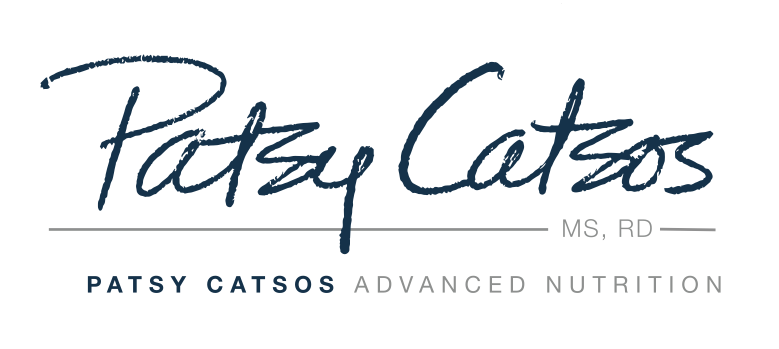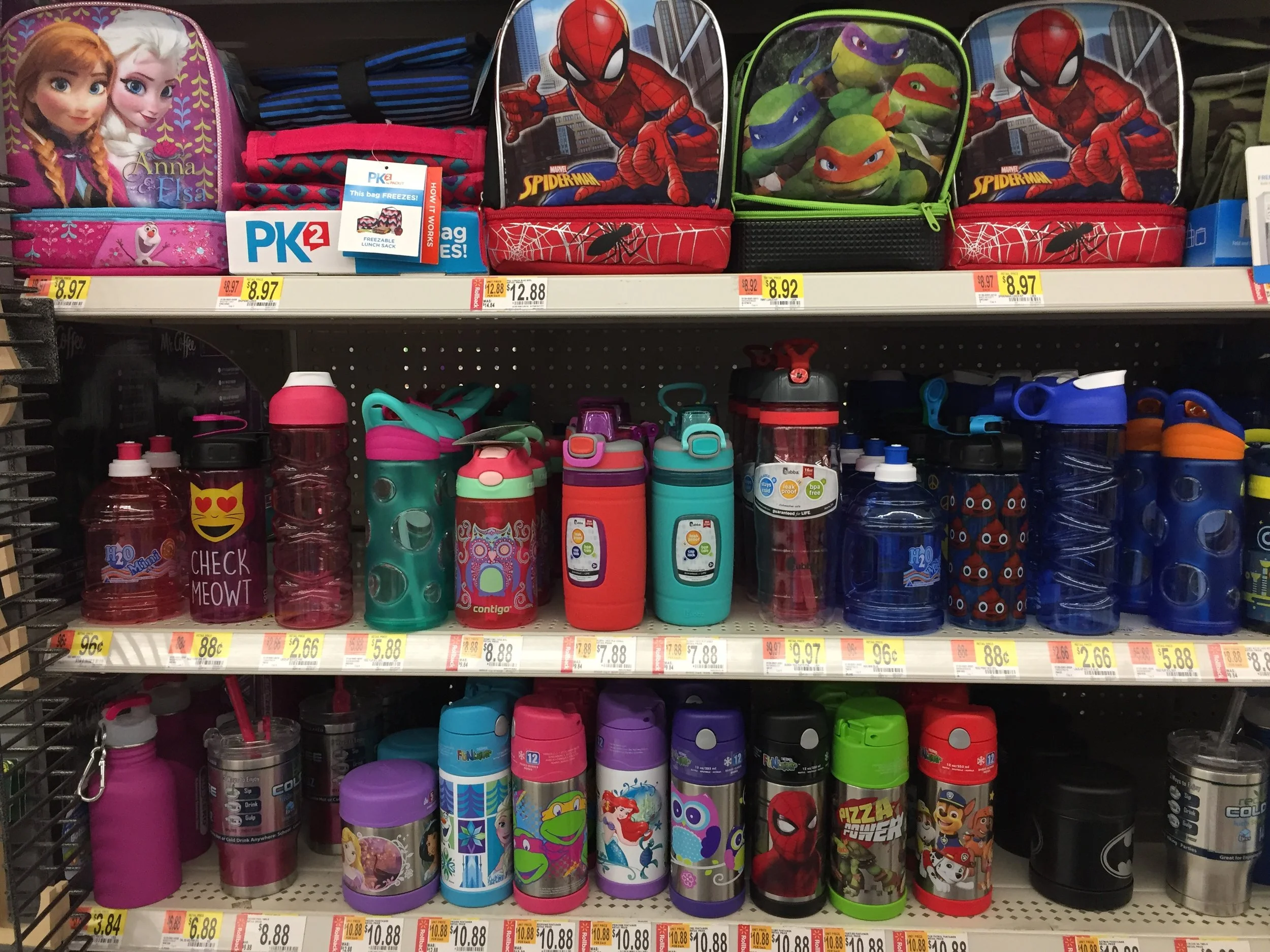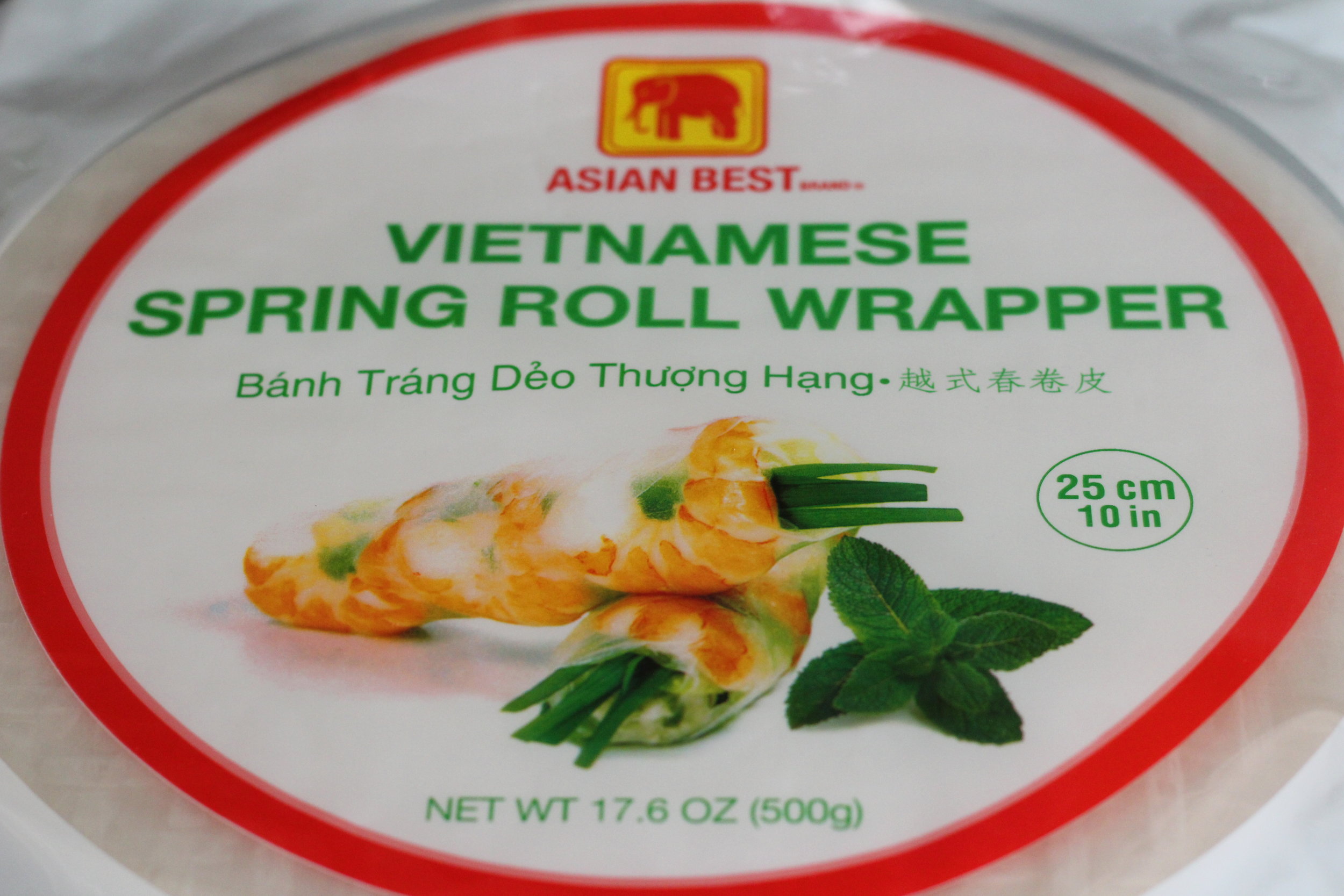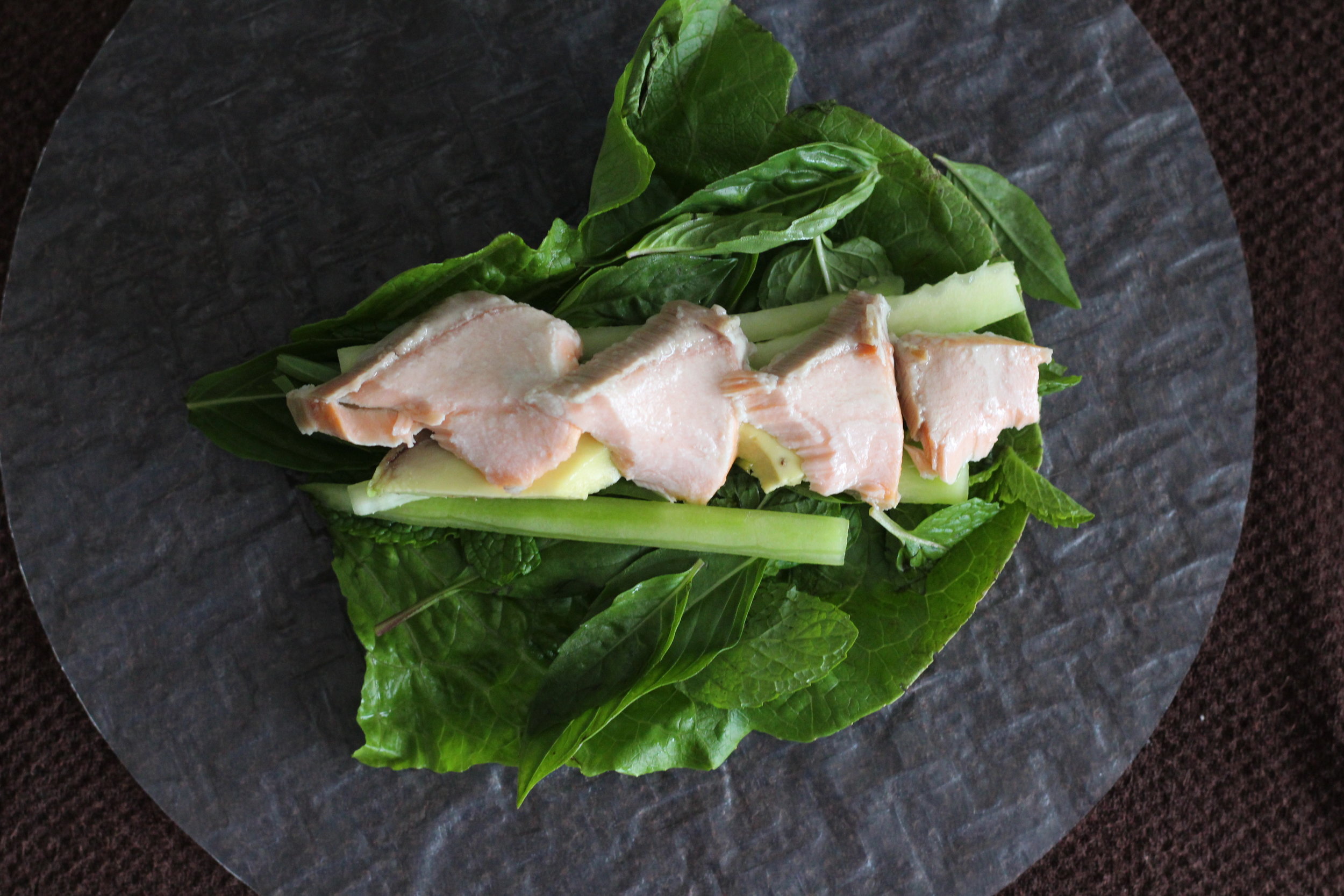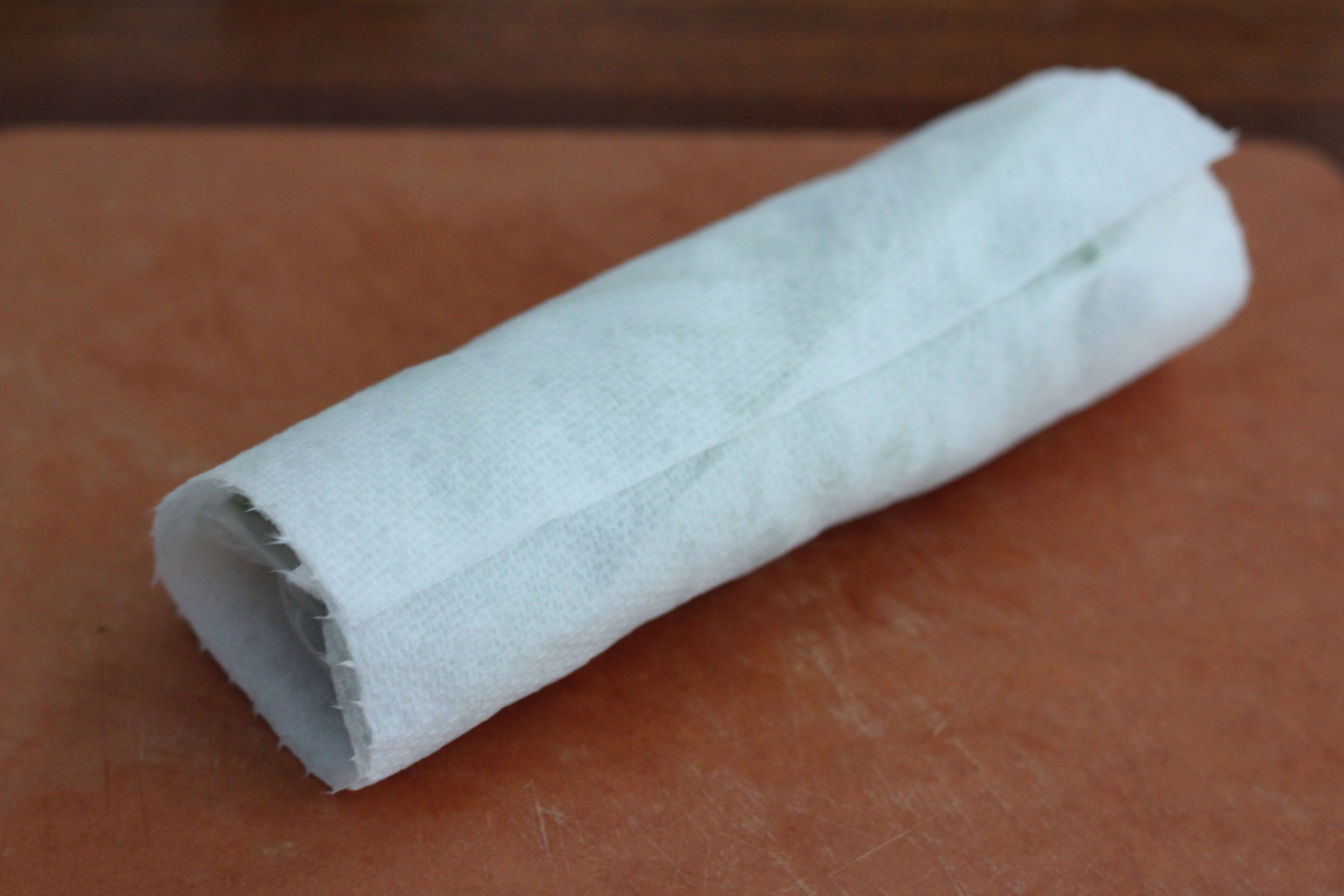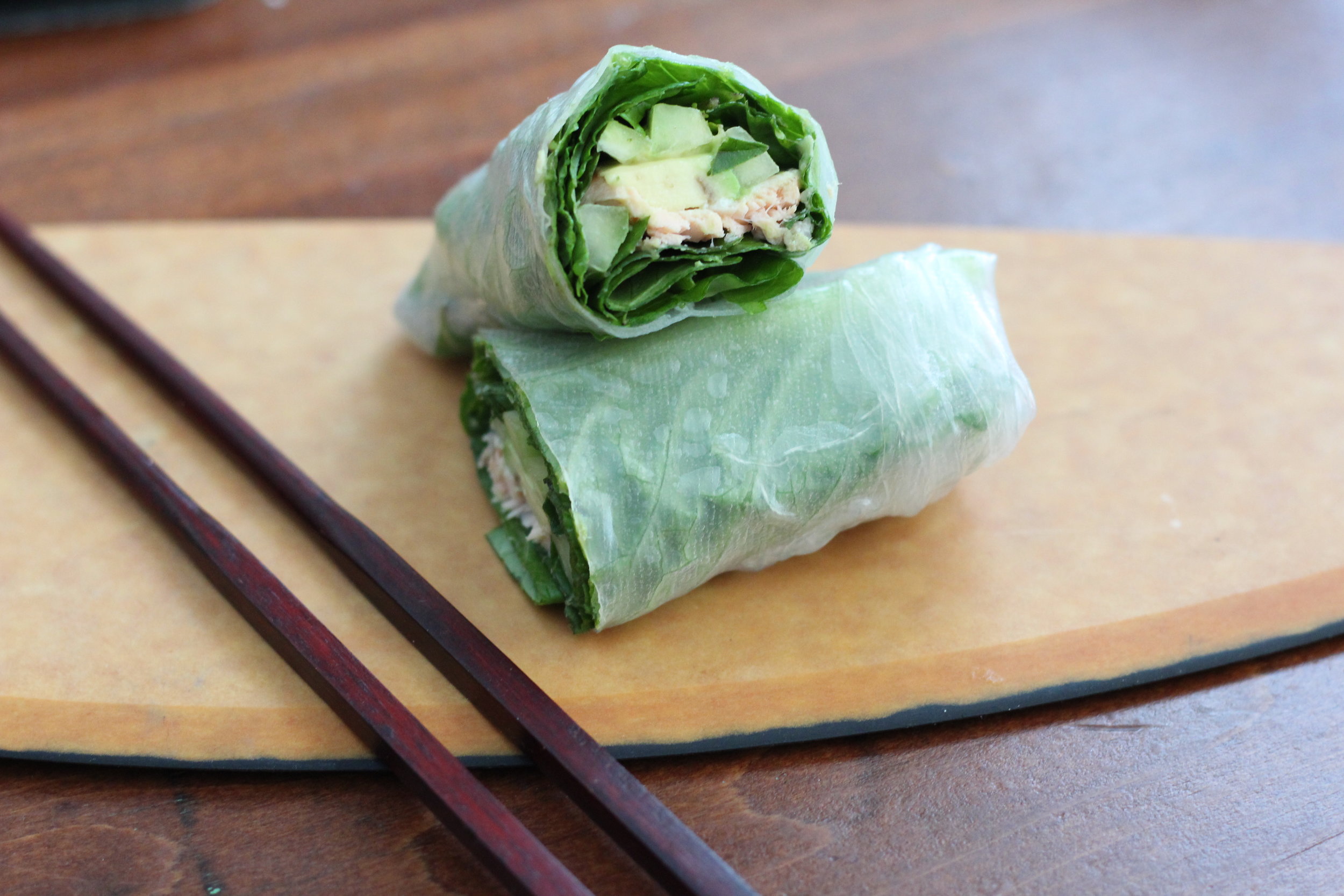Q. My child’s pediatrician has asked me to cut back on FODMAPs for her. Now that school has started, I’m really struggling to figure out what to put in her lunchbox for meals and snacks. Now that she can’t have them, I am realizing how much we have always relied on sandwiches for lunch! Do you have some suggestions?
A. Here are some low-FODMAP lunchbox ideas that will please both kids and adults!
Disclosure: we earn a commission on purchases made through this link.
1. I am a firm believer that the right lunchbox props make packing (and eating) lunch more enjoyable. Bento boxes, or more ordinary plastic or glass boxes with dividers inside, are fun ways to send a variety of delicious low-FODMAP foods while distracting from the absence of a sandwich. A simple low-FODMAP bento box might contain a hard-boiled egg or some cold cubed chicken; a handful of walnuts, peanuts or almonds; and ½ cup of grapes, blueberries, strawberries or pineapple chunks. Variations of this theme are almost infinite! Check out the Low-FODMAP Pantry in your copy of The IBS-Elimination Diet and Cookbook for more ideas.
2. Snack ideas might include another ½ cup of low-FODMAP fruit, a handful of pepitas or macadamia nuts, some sliced cheddar cheese and a few rice crackers or tortilla chips. For dessert, a couple of foil-wrapped pieces of dark chocolate or a little collection of semi-sweet chocolate chips should be well-received.
3. Make a large pot of hearty low-FODMAP soup or stew on Sunday evening with enough to supply lunches for the next day. Warm up a mug of soup or stew in the morning, and send it to school in a wide-mouthed insulated thermos. The sky is the limit here, especially for kids willing to sample international fare such as chili, Moroccan stews, and Indian and Thai curries.
4. Salads are easy and practical low-FODMAP lunches. Put oil and vinegar or a home-made low-FODMAP salad dressing in the bottom of a large container with a tight-fitting lid. Add greens, tomatoes, cukes, carrots or leftover roasted root vegetables. Don’t forget the protein: add a few ounces of cooked chicken, turkey, salmon, tuna, or an egg, ½ cup of chick peas or a bit of cheese. Just before eating, shake the entire container to distribute the dressing. The salad bar in the school cafeteria may be a good place for your child or teenager to get a low-FODMAP meal on days when you haven’t had time to make lunch.
5. Sandwiches aren’t necessarily off limits. When it is nice and fresh, authentically prepared sourdough bread makes a lovely sandwich. The crust is chewier than regular bread, so consider cutting it off for fussy eaters, kids with braces, or adults with dental problems. Most sandwich fillings are actually low-FODMAP. How about peanut butter and jelly, tuna or chicken salad, sliced chicken, turkey, roast beef, or ham, and cheese? Sandwich condiments such as mayonnaise and mustard are low-FODMAP. So are lettuce, tomato and pickles!
6. Spring rolls. OK, this one might sound a little impractical at first. But if you make them daily as one of my teacher-clients does, using a spring roll station permanently set up in a corner of your kitchen, you can put them together in a hurry using vegetables and protein left over from the previous night’s dinner. Wrap spring rolls in a damp paper towel and plastic wrap to keep the rice paper moist and chewy until lunch time.
SALMON AVOCADO SPRING ROLLS
Spring rolls are a beautiful way to eat your vegetables. Once you’ve made a few, the technique for rolling them will be much less mysterious, and you can throw them together anytime you need a change from salads and sautés. This particular recipe includes salmon and avocado, which makes for a filling snack or lunchbox offering.
INGREDIENTS:
4 romaine lettuce leaves, halved crosswise
½ pound cooked salmon
1 medium avocado, thinly sliced
1 medium cucumber, peeled, seeded, and sliced in strips
1 cup fresh mint leaves
1 cup chopped fresh basil
8 10- or 11-inch rice papers
PROCEDURE:
- Prepare a work surface with all of the filling ingredients within easy reach. Fill a large saucepan or plate with lukewarm water and place nearby. For your rolling surface, prepare a cutting board by oiling it lightly or wrapping it in a thin, dampened cloth.
- Dip one rice paper into the pan of water for 5-10 seconds, then lay it flat on your rolling surface. Lay a lettuce leaf on top of the wrapper horizontally, closer to you than to the center of the rice paper, and fill the leaf with about 1/8 of each of the filling ingredients.
- With one hand, hold the long edges of the lettuce leaf together to bundle the filling ingredients; with the other hand, grasp the nearest edge of the rice paper and fold it over the fillings. This is so that the rice paper will only touch the lettuce, and will not be made soggy by the other fillings. Next, fold the sides over the ends of your bundle and roll the whole thing forward to complete the wrap. Continue until all the filling ingredients are used up.
- Spring rolls should be served immediately for best results, but they can be held overnight, or for later that day, if wrapped in a wet paper towel and stored in a sealed container. For a nice presentation, cut them in half or in quarters with a sharp serrated knife, using a gentle sawing motion. Serve with a sauce of your choice.
Serves: 8
For a printable PDF version of this recipe, click here.
This page may contain affiliate links. We are a participant in the Amazon Services LLC Associates Program, an affiliate advertising program designed to provide a means for us to earn fees by linking to Amazon.com and affiliated sites.
